|
I know what good readers do. I’m a good reader. But how do I teach my students the specific skills they need to become good readers too? First, we know that good readers do a lot of things simultaneously. It is our job to untangle the multitude of skills and break them down into explicit strategies for students to practice. Their brains need time to practice each skill separately until they are strong enough to do them all together. (If you teach Guided Reading or Small Group Strategy lessons you know what I’m talking about.) To untangle this mess, consider the difference between goals, skills, and strategies. Jennifer Serravallo does an amazing job of explaining the relationship between each of these distinct categories in The Reading Strategies Book: Your Everything Guide to Developing Skilled Readers. “Within each goal, there may be one or more skills that a reader would need to work on. For example, if a student is working on a goal of understanding character, that may involve inferring (reading between the lines to name traits/feelings) but also synthesis (putting together information across a book to determine how a character changes). Once you’ve identified the skills, you can find specific strategies to accomplish those skills.” p.5 So how do we figure out what goal, skills, and strategies students need? Collect some data! Use your favorite diagnostic/formative assessment tool (IRA, DRA, QRI, running record, etc.) to determine your students’ strengths and weaknesses. Then use Serravallo’s Heirarchy of Possible Goals (p. 3) to prioritize. Use the remaining chapters of the book to find specific strategies to teach during Guided Reading or Small Group Strategy lessons. Each strategy has tips for teaching and colorful visuals for students to use as reminders, post-its, bookmarks, charts, etc.
Stay tuned for a top 10 list of my favorite strategies and how to get students to use them independently! Resources: Reading Strategies Book: https://www.amazon.com/Reading-Strategies-Book-Everything-Developing/dp/032507433X http://www.jenniferserravallo.com/ Teacher’s College Reading & Writing Project Running Records: http://readingandwritingproject.org/resources/assessments/running-records
0 Comments
Teaching English in inner city North Philadelphia has probably taught me more than any college classroom. In fact, sometimes I fear that I have learned more from my students than they have from me. As an undergraduate, I dreamed of sitting in a circle in my inner city school (it wasn’t haphazardly that I ended up in the inner city, it was my goal) introducing the students to Thoreau and Wordsworth, discussing their impact on literature and society and pondering with the students how they are still relevant today. I quickly learned that in order to get students to that hippie circle they would have to learn to read and then learn to enjoy reading. And it was not as hard as it sounds! But first I had to fail miserably, fight a bout of stress induced hives, consult my students and read a few books! I mostly relied on my students’ opinions, Cris Tovani’s I Read It but I Don’t Get It and The Reading Zone by Nancy Atwell. What I learned and what I profess.
First off, let’s look at how people learn according to the National . While I did not know this when I was teaching reading, looking back it is clear that what good readers already do fits into the framework on how people learn: People learn by participating in 3 activities:
This is what good readers do. You must teach this skills to students. Give them guided practice and then individual practice for each skill. And talk about each of the experiences; metacognition is a huge part of the learning process. |
AuthorSKate Jaworski ArchivesCategories
All
|
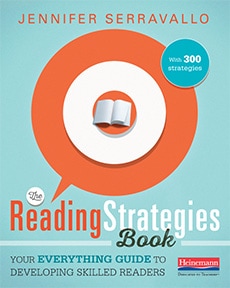
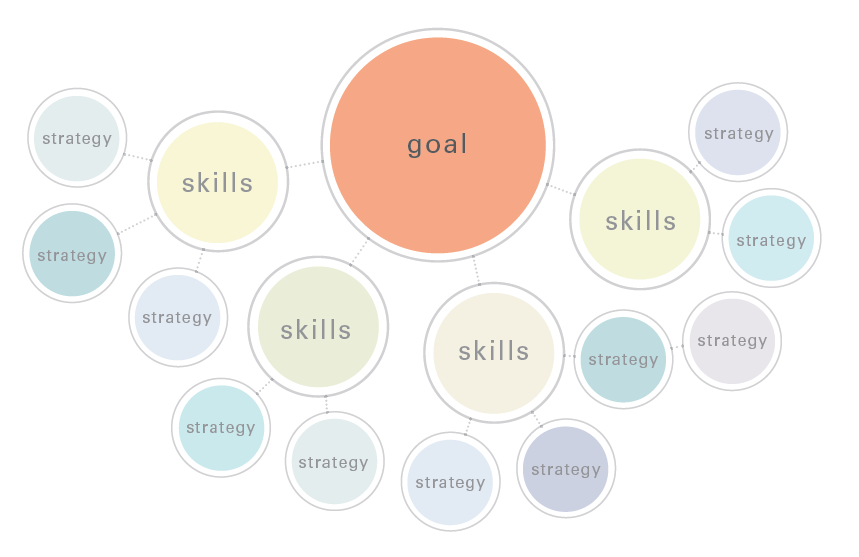
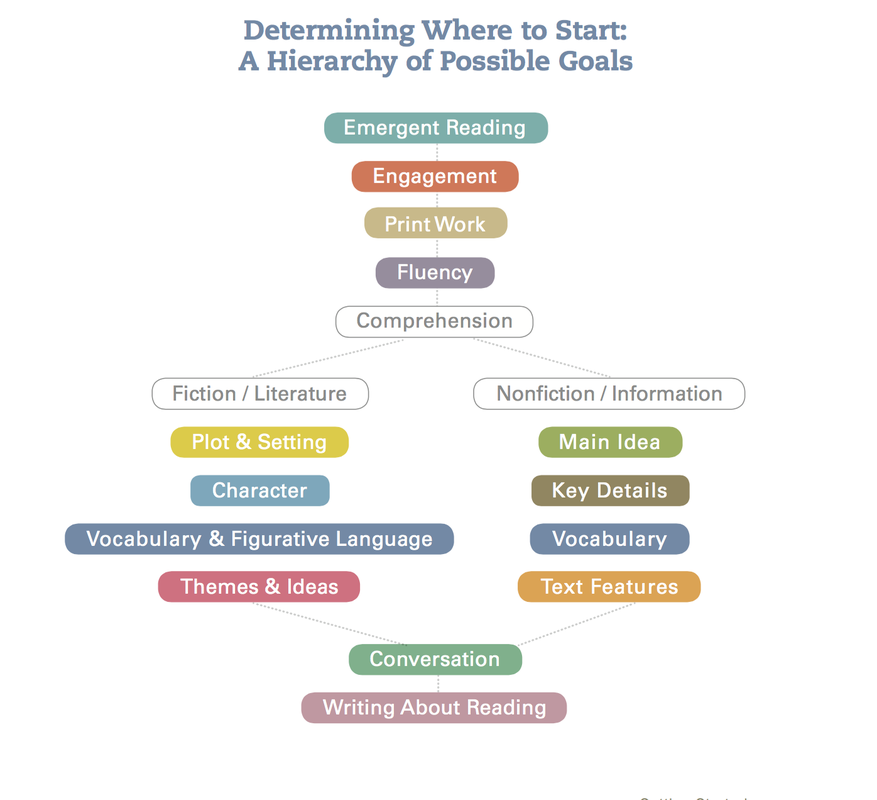
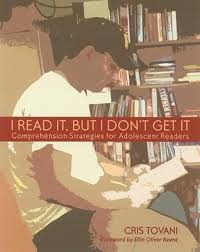
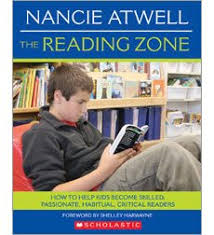
 RSS Feed
RSS Feed
